Hi BTE1522-ian,
Salam Ramadhan Al-Mubarak.
Today in our lab sessions, we looked into the Frequency Modulation (FM) modulation and demodulation technique. This hands-on experience not only offers insight into the fundamentals of communication systems but also provides a practical understanding of why FM remains a preferred choice in the broadcasting industry, yepp until today!
Lab 7: FM Modulator – the Essence of Frequency Modulation

In Lab 7, we explored the concept behind Frequency Modulation (FM), a modulation technique widely employed in radio broadcasting and communication systems. FM involves varying the frequency of a carrier signal in accordance with the amplitude of the modulating signal. But why do radio stations still predominantly utilize FM over other modulation techniques?
One primary reason is its superior resistance to noise. Unlike Amplitude Modulation (AM), which suffers from susceptibility to atmospheric interference and electrical noise, FM offers better fidelity and clarity in signal transmission. This is crucial for broadcasting music and speech, ensuring high-quality audio reception for listeners.
Moreover, FM allows for efficient bandwidth utilization. By varying the frequency of the carrier signal, FM can accommodate a wide range of audio frequencies within a smaller bandwidth, making it more spectrum-efficient compared to AM.
Building Your Own FM Transmitter: A Fascinating Project
Constructing your own FM transmitter can be an exciting project, offering hands-on experience and a deeper understanding of FM modulation principles. By employing basic electronic components such as oscillators, modulators, and antennas, you can create a simple yet functional FM transmitter. This project not only reinforces theoretical concepts but also fosters creativity and problem-solving skills.
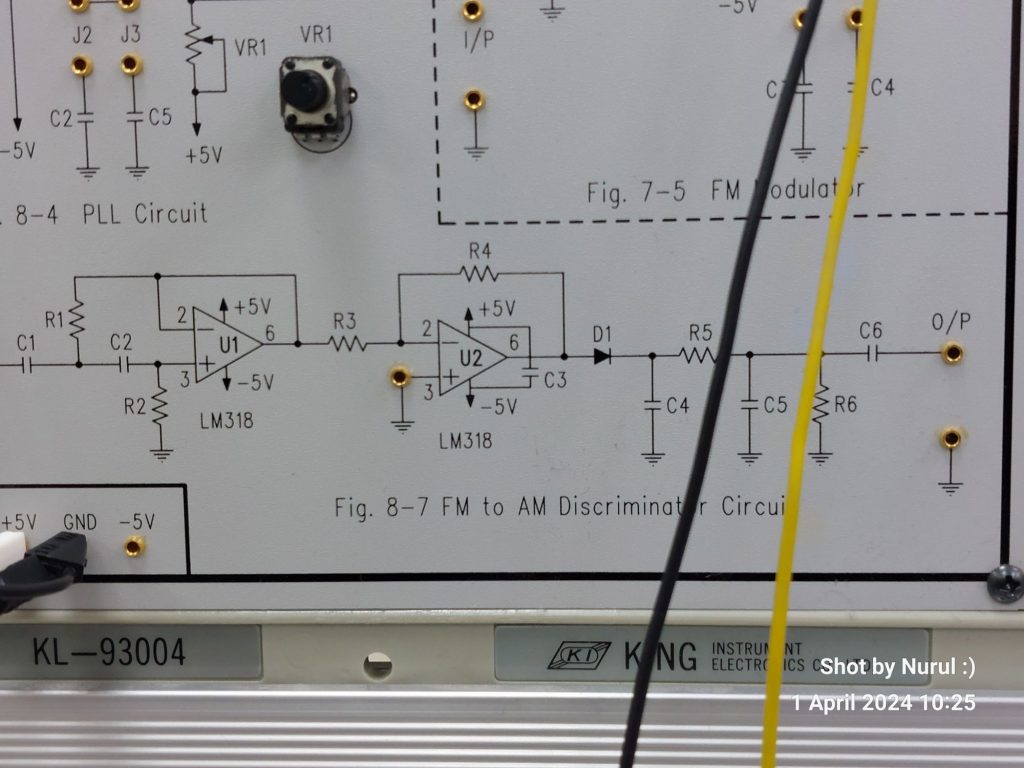
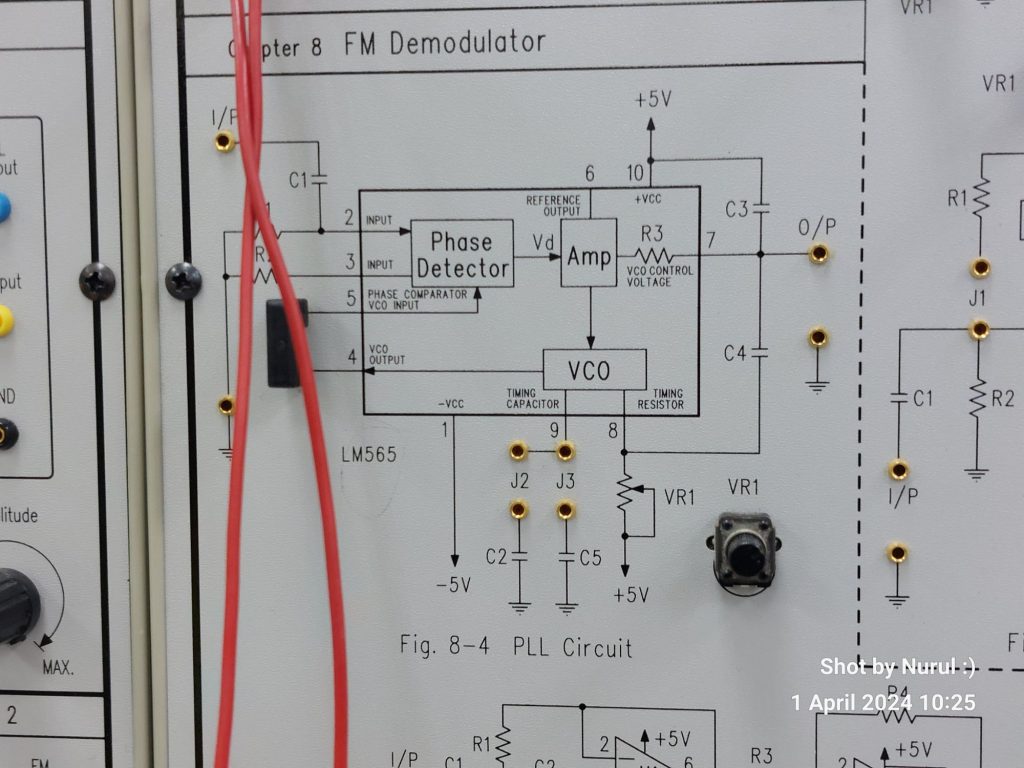
Lab 8: FM Demodulator – Deciphering the Magic of FM Demodulation
In Lab 8, we explored FM demodulation techniques, which are essential for retrieving the original modulating signal from an FM modulated carrier wave. Two common demodulation methods used are Phase-Locked Loop (PLL) and Frequency Discriminator (FM-AM discriminator).
PLL demodulation relies on a feedback loop to synchronize the phase of a local oscillator with the incoming FM signal. This synchronized oscillator produces an output voltage proportional to the frequency deviation of the FM signal, allowing for accurate demodulation.
On the other hand, FM-AM discriminator demodulation capitalizes on the frequency-to-amplitude conversion characteristic of FM signals. By passing the FM signal through a frequency-selective circuit, variations in frequency translate into variations in amplitude, which can then be extracted as the modulating signal.
Building Your Own FM Receiver: A Captivating Endeavor
Constructing an FM receiver offers a rewarding experience, enabling you to tune in to your favorite radio stations and explore the world of wireless communication firsthand. With components such as antennas, tuned circuits, and detectors, you can assemble a basic FM receiver capable of capturing and demodulating FM signals. This project not only enhances technical skills but also fosters a deeper appreciation for the intricacies of communication systems.

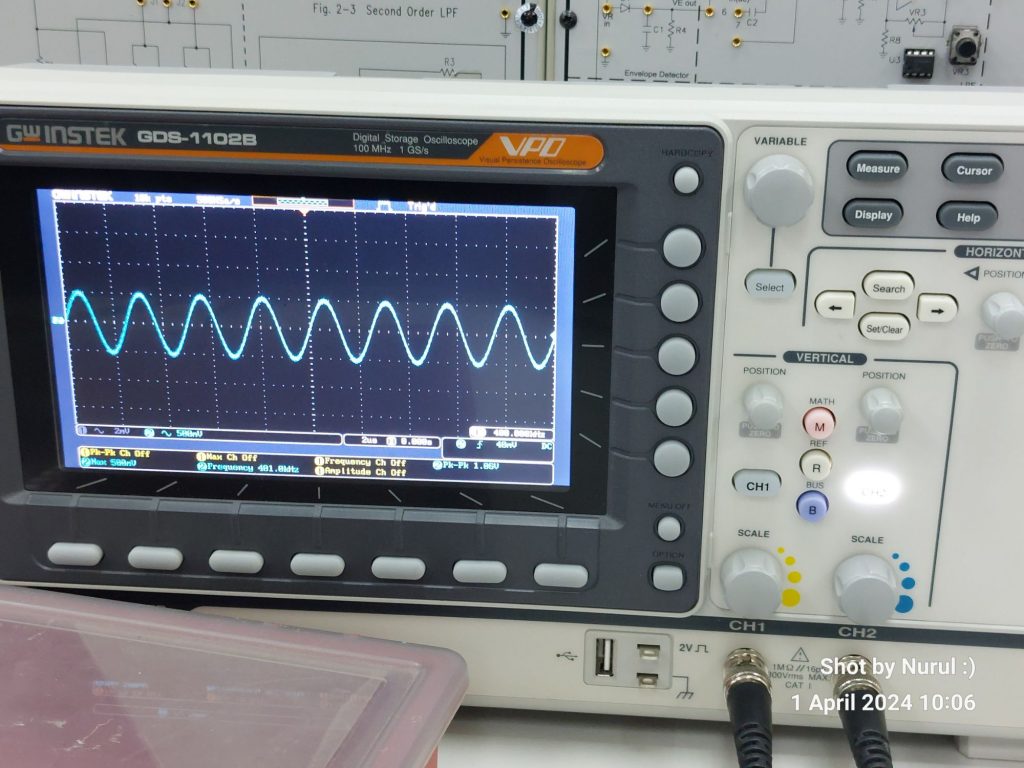
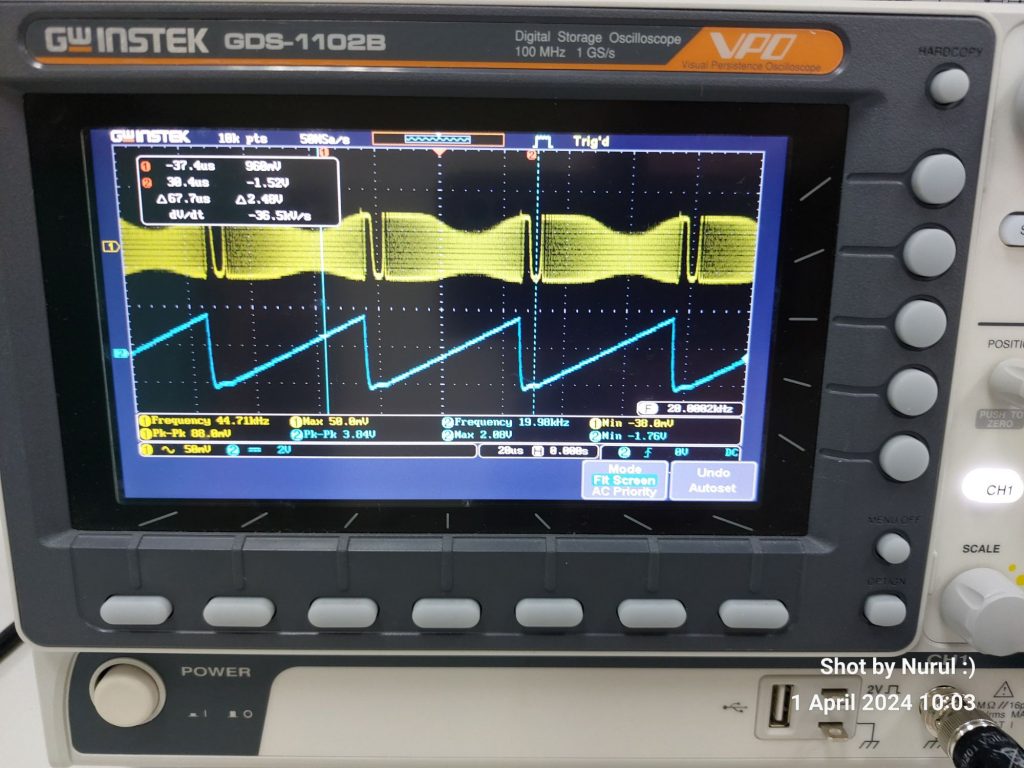
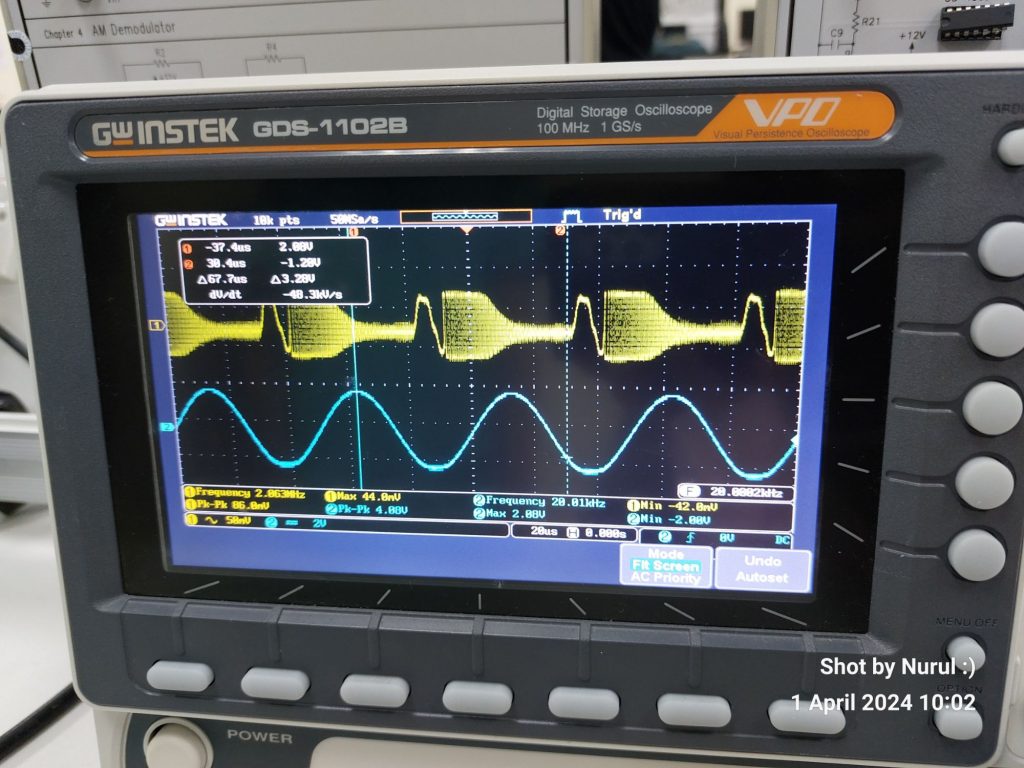
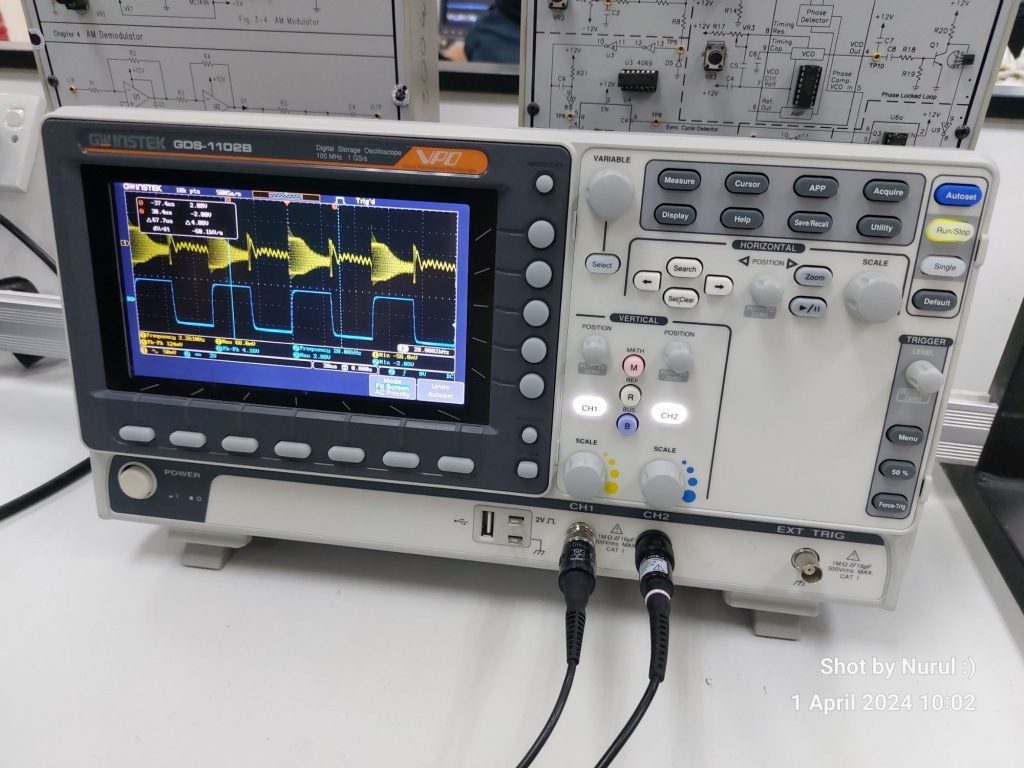
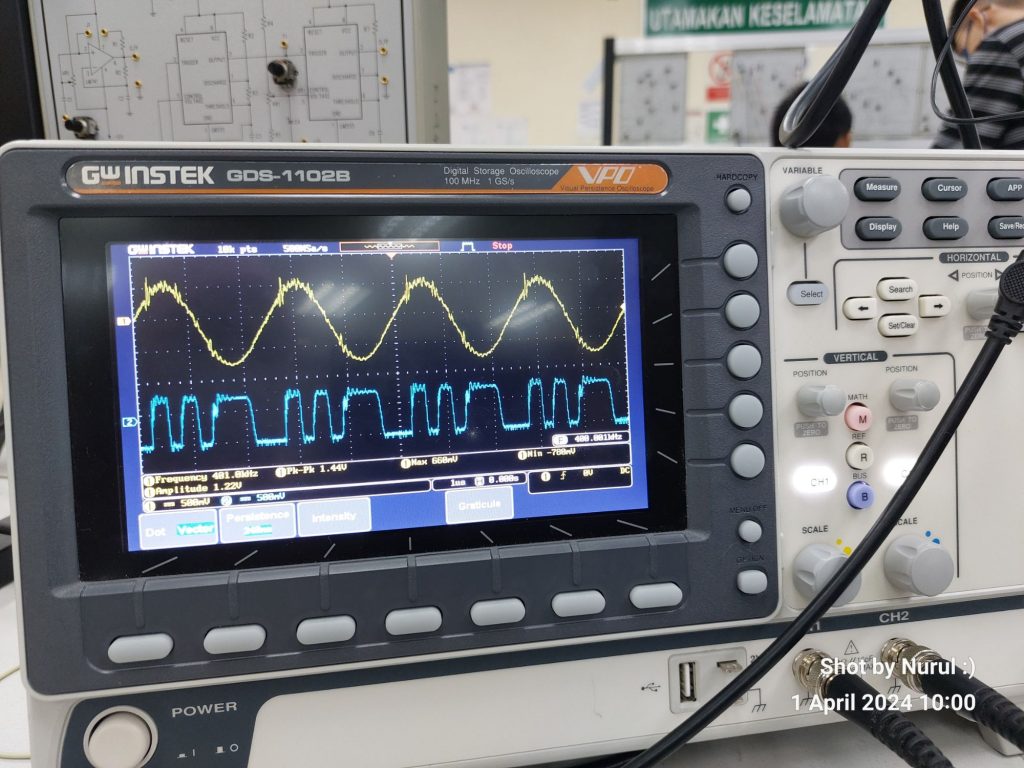
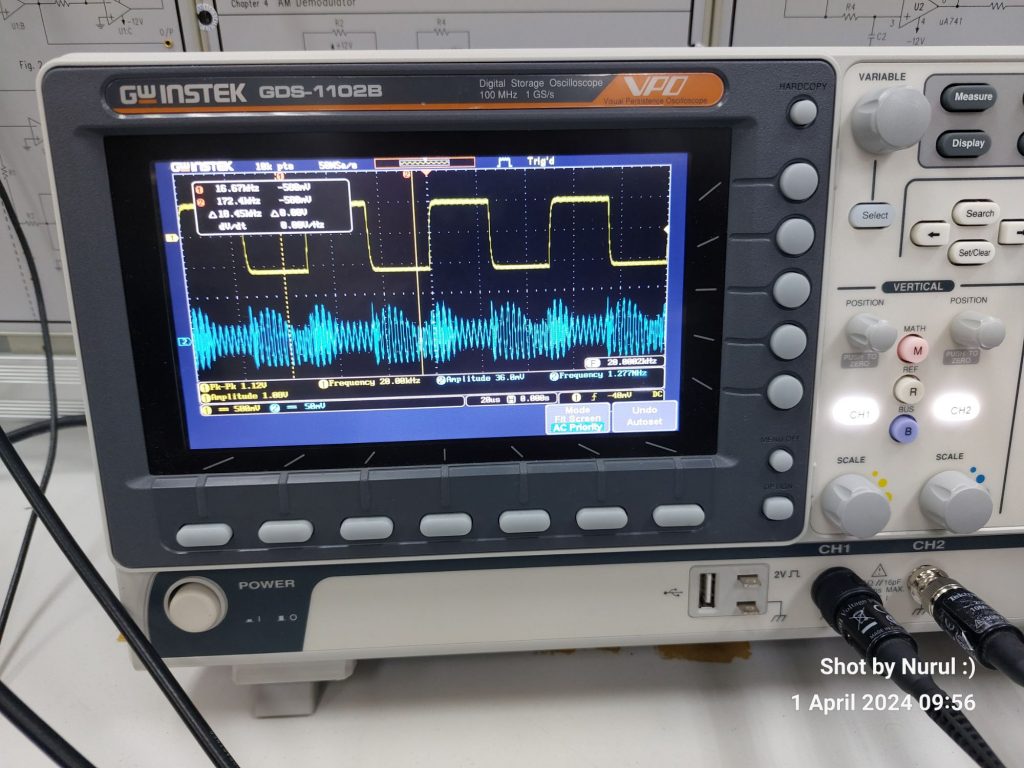
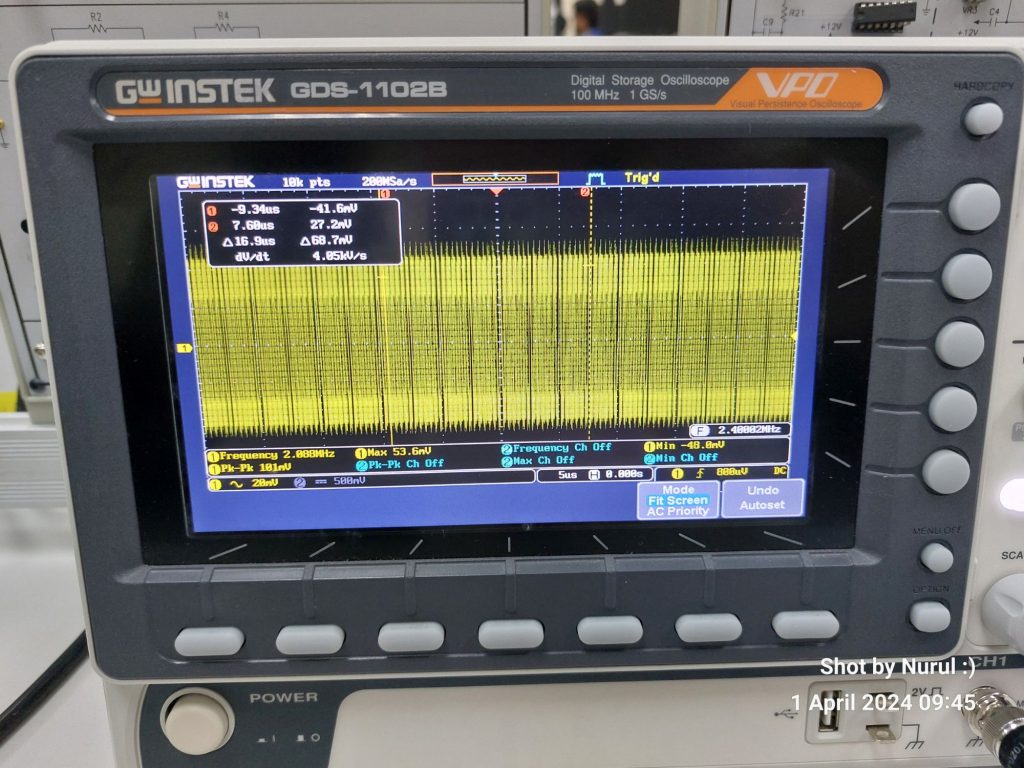

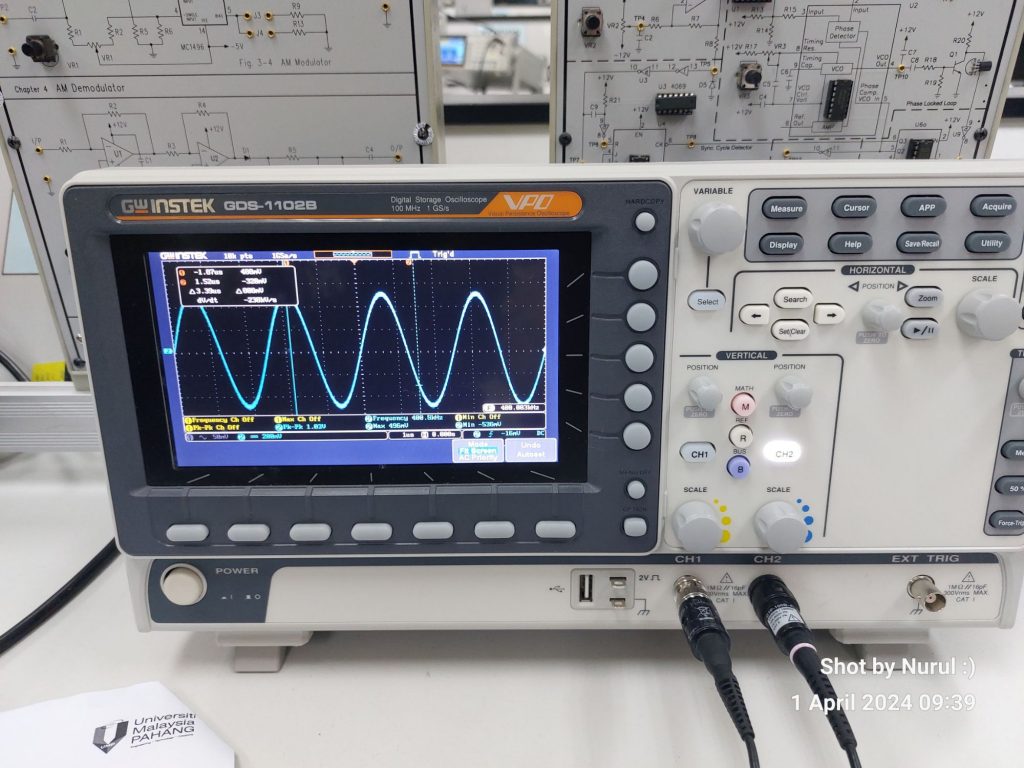
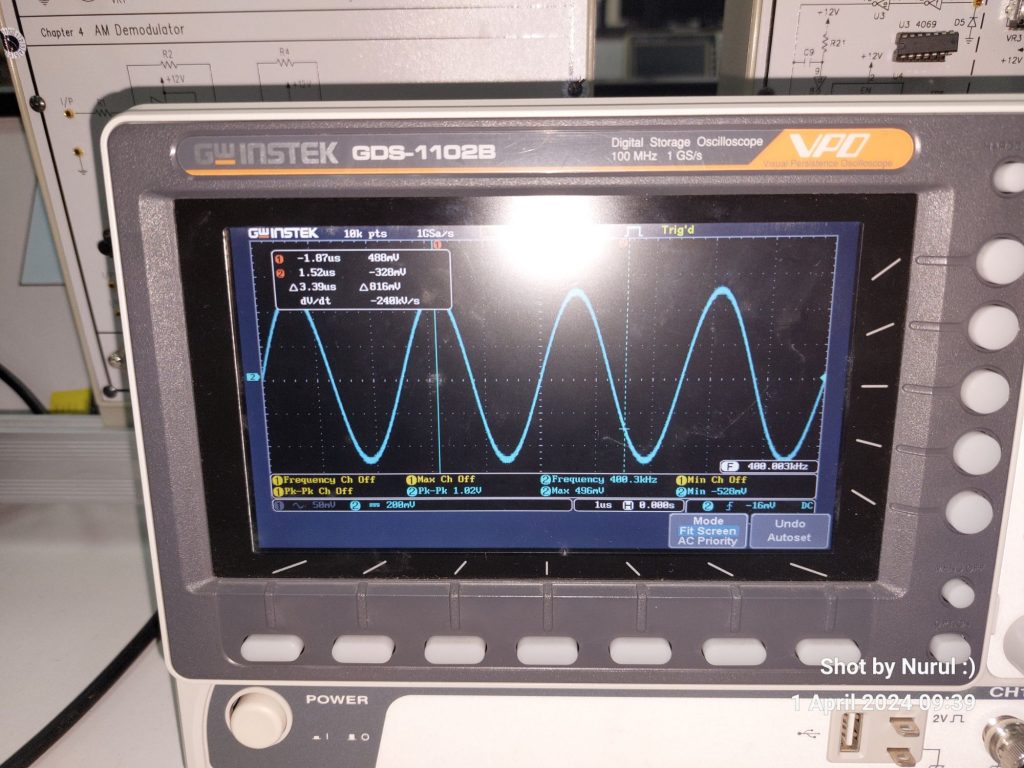
In conclusion, our lab experiments in FM modulation and demodulation provide invaluable insights into the design and operation of communication systems. By understanding the principles behind FM modulation and demodulation, as well as engaging in hands-on projects, we can further enrich our knowledge and appreciation for the fascinating world of wireless communication.
Keep exploring, keep learning, and let your curiosity guide you on this exciting journey of discovery!